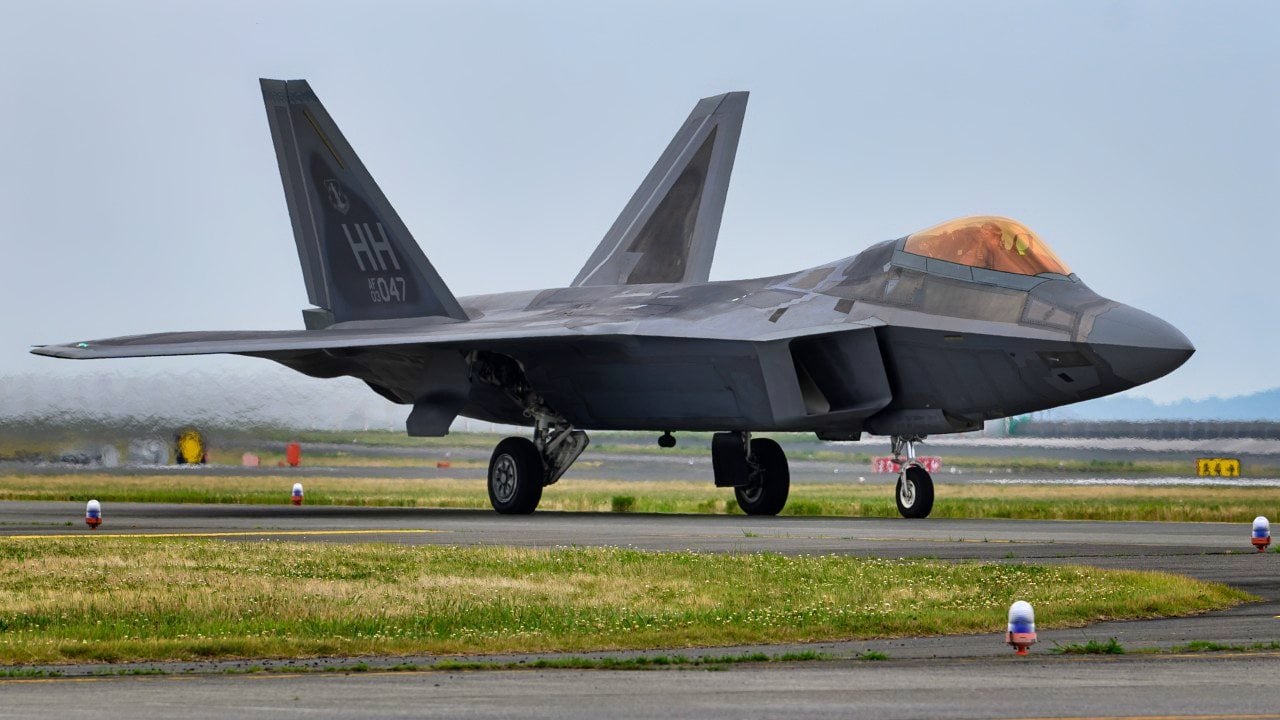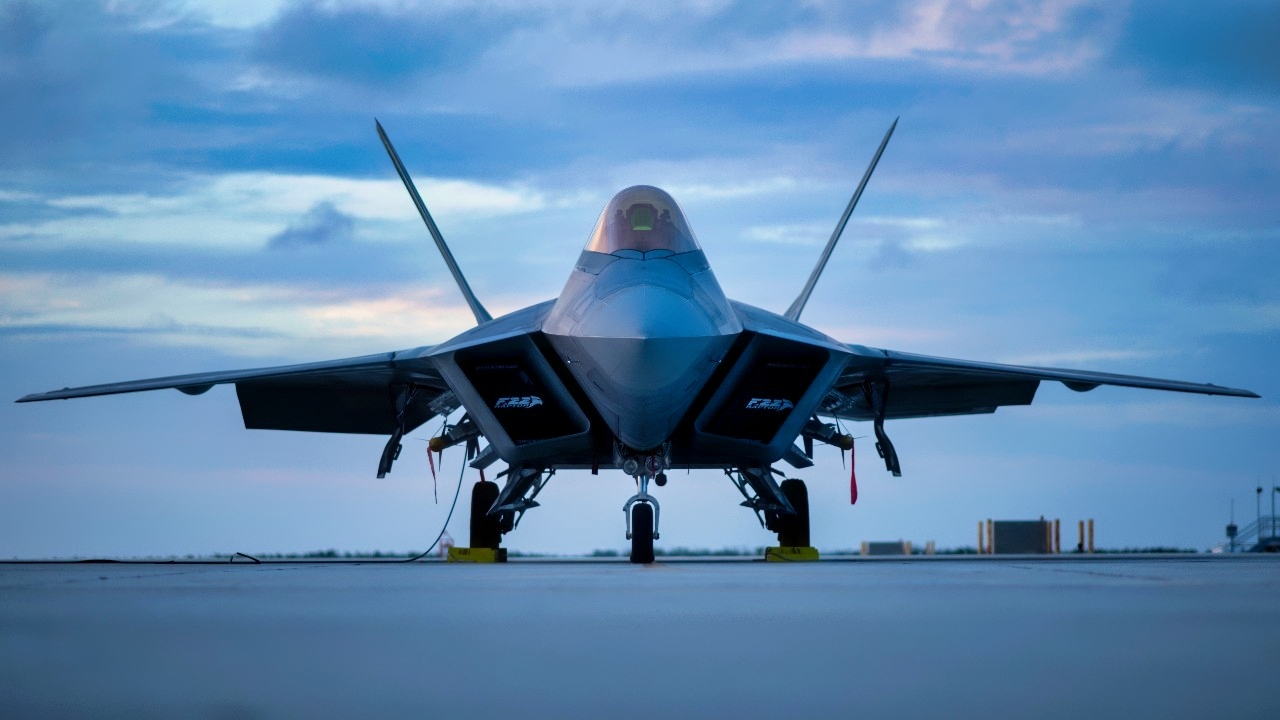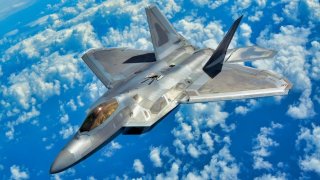F-22 Sea Raptor: How the F-22 Raptor Could Attack from Aircraft Carriers
The Lockheed Martin F-22 Raptor, the first fifth-generation fighter jet, is renowned for its stealth, supermaneuverability, and supercruise capabilities. The U.S. Navy once considered a carrier-capable variant, the "Sea Raptor," which would have required significant design modifications, including a variable sweep-wing. However, the collapse of the Soviet Union and changing military priorities led to the cancellation of this variant.
Summary and Key Points You Need To Know: The Lockheed Martin F-22 Raptor, the first fifth-generation fighter jet, is renowned for its stealth, supermaneuverability, and supercruise capabilities.

-The U.S. Navy once considered a carrier-capable variant, the "Sea Raptor," which would have required significant design modifications, including a variable sweep-wing. However, the collapse of the Soviet Union and changing military priorities led to the cancellation of this variant.
-Instead, the Navy adopted the F-35 Lightning II, which serves as a multirole, carrier-capable platform with advanced sensors and capabilities for intelligence, surveillance, and reconnaissance missions, ensuring its relevance for decades.
F-22 Raptor: The Legendary Fighter Jet That Redefined Air Superiority
The Lockheed Martin F-22 Raptor was the first fifth-generation fighter jet to ever fly. The American platform was an instant legend, and it is arguably still a more fearsome aircraft than newer fighter jets. Combining supermaneuverability with stealth and supercruise, the Raptor is a centerpiece of the U.S. Air Force’s aerial strategy.
At one point in time, the Navy desired its own carrier-capable variant. The “Sea Raptor” version, however, never came to fruition.
Introducing the F-22 Raptor
The Raptor was the result of the U.S. Air Force’s Advanced Tactical Fighter program. Designed in the 1980s as an ideal air superiority fighter, the F-22 rectified the service’s perceived “mission deficiency” against the Soviet Union’s growing fleet of modern fighters.

Perhaps the Raptor’s most significant feature is its tiny radar cross-section. In fact, this older platform is at least five times less observable than the F-35 Lightning II. Two Pratt & Whitney F119-PW-100 turbofan engines power the airframe, producing a total thrust of approximately 70,000 pounds. In terms of armament, the jet is equipped with three internal weapons bays. The F-22 in stealth configuration can pack two AIM-9 Sidewinder and six AIM-120 Advanced Medium-Range Air-to-Air Missiles (AMRAAMs) in its side weapons bays, while also carrying two Aim-120 AMRAAM and two GBU-32 JDAM bombs.
F-22 Sea Raptor: What About the Navy’s Carrier-Capable Variant?
This incredible stealth, speed, and payload immediately made the Raptor the dominant fighter jet in the skies. Naturally, the Navy considered adapting the F-22 to serve its own needs. In order to make the jet carrier-capable, Lockheed Martin would have had to incorporate several critical alterations to the platform’s design. The Navy variant would need a variable sweep-wing design similar to the F-14 Tomcat. Since this specific design would sacrifice the stealth aircraft’s small radar cross-section, the endeavor was a challenge for engineers.
Shortly after the Raptor entered the production phase, the collapse of the Soviet Union shifted the playing field for the U.S. military. The usefulness of the F-22 platform was minimized. In fact, production halted at 187 units. The subsequent F-35 Joint Strike Fighter platform was the true multirole aircraft that each service needed. Instead of engineering a carrier-capable variant of the Raptor, the Navy relied on the Lightning IIC variant.

The Navy’s F-35 variant is highly evolved, incorporating advanced sensors that are capable of managing a battle in the air. Additionally, the platform can conduct intelligence, surveillance, and reconnaissance missions. This carrier-capable variant will serve the Navy for decades to come.
About the Author: Maya Carlin
Maya Carlin, National Security Writer with The National Interest, is an analyst with the Center for Security Policy and a former Anna Sobol Levy Fellow at IDC Herzliya in Israel. She has by-lines in many publications, including The National Interest, Jerusalem Post, and Times of Israel. You can follow her on Twitter: @MayaCarlin.
Image Credit: Creative Commons and/or Shutterstock.


